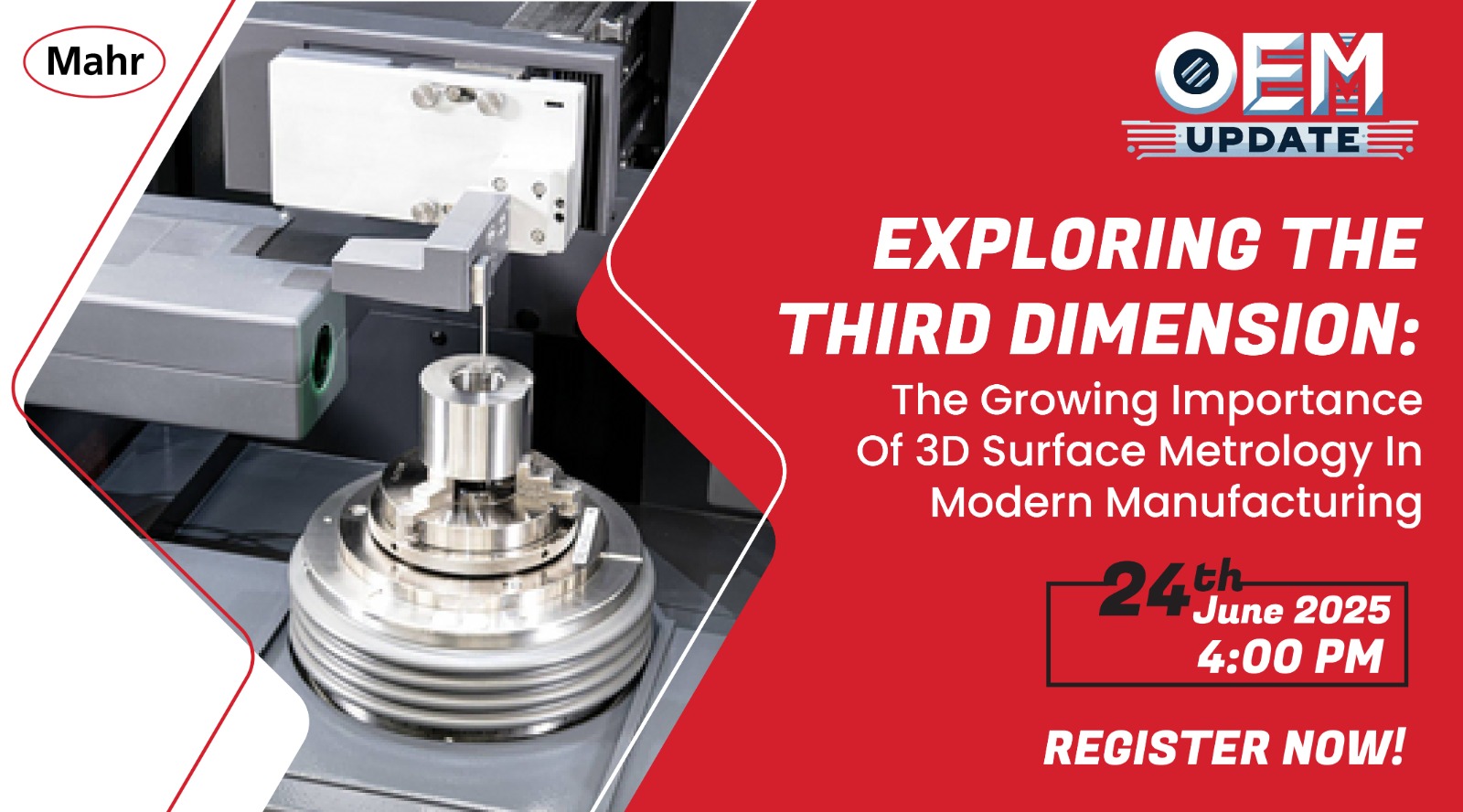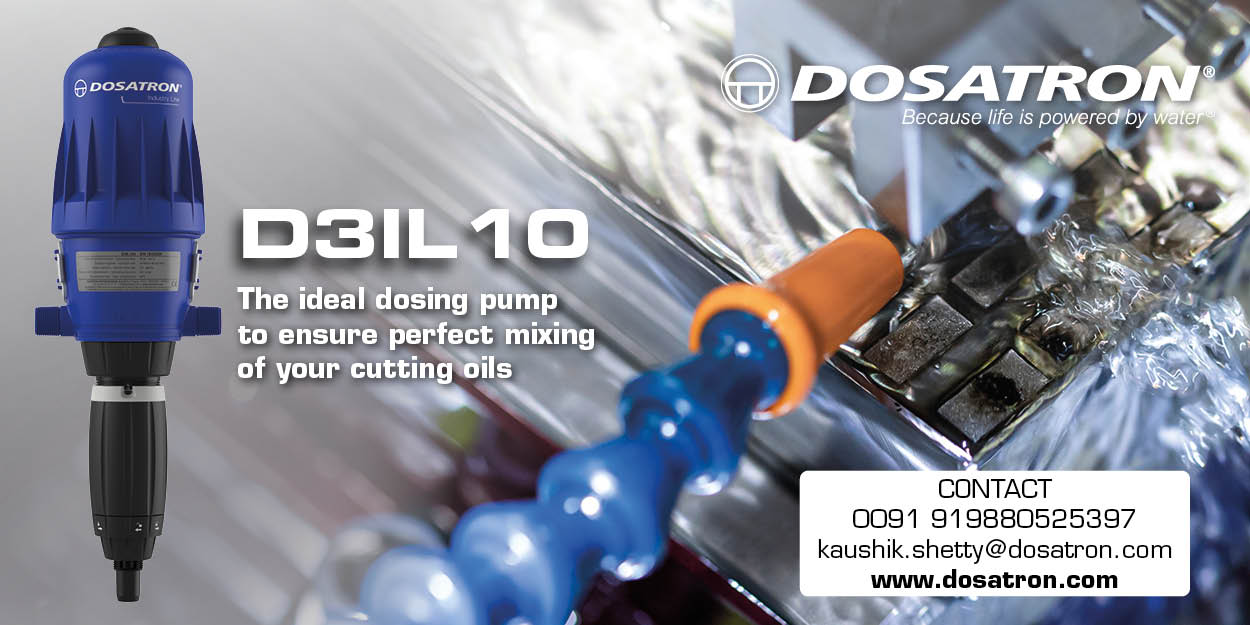6 trends for wastewater treatment
By admin March 29, 2016 12:53 pm IST
Latest trends that will drive the wastewater treatment industry in 2016
Continual rapid expansion of cities has not only increased the demand for land but also demands fresh water supply. Approximately 70 per cent to 80 per cent of fresh water used during the day gets generated into domestic sewage (municipal sewage). This sewage that passes through sewer lines, drainage lines, nallahs, canals etc is treated in Sewage Treatment Plant (STP) before being discharged into immediate environment.
Waste water sector has gained lot of importance in last few years with increased awareness among citizens and focus from government. “Because of no return on investment, industry is not interested in investing in waste water technologies. Now the load of pollution on environment has come to high threshold which make all authorities to take it seriously. Pressure from environmentalists pushing State authorities to clean rivers and statutory bodies ensuring proper treatment of industrial effluent,” believes Ajit Joshi, Divisional Manager – Process Analytics, Forbes Marshall.
Various chemical and biological treatment applications have been designed and implemented in sewage treatment plants. In India, on one hand where an average value of wastewater generated is 35000 MLD only 11000 MLD is treated whereas on the other hand out of approximately 269 major STPs only 231 have been in operations. Hence the operational gap during the treatment have created challenging situation for treatment technologies.
Sagar Dumbre, Technical Manager, Organica Biotech Pvt Ltd says, “One of the pioneers in the field of bioremediation, Organica Biotech is treating billions of liters of sewage globally. Apart from day-to-day treatment of COD, BOD, Ammoniacal nitrogen, odour, colour etc., today’s sewage treatment plants are facing more challenging concerns like heavy electricity consumption, high sludge generation. Through everyday’s extensive R&D activities, Organica Biotech thrives to resolve such concerns.”We take a look at few trends that are mentioned below which will drive the wastewater treatment in 2016:
1. Emphasising on aeration processThere is very little which can be optimised in conventional waste water treatment. Processes like aeration are one of the highest energy consuming operations in effluent treatment plant. If industry uses latest technological advancements in monitoring aeration, lot of energy can be saved. This in turn would result in pay back of investment in short time.
2. Biological treatment system Biological treatment system has always been the most preferred way of treating the wastewater. “Without the effective microbial technology no biological system can function at its maximum efficiency. No matter whatever size, whichever technology we apply, if we do not have the right consortium of microbes at the right time and right place, it will not only affect the overall efficiency of the plant but will also increase the overheads to operate the sewage treatment plant. This has been one of the prime reasons for improper function of sewage treatment plants in India and worldwide,” observes Dumbre.3. Using microorganismsLot of research has gone in improvement of wastewater treatment efficiency using microorganisms. Joshi informs, “There are specific microorganisms available which can treat wastewater of a particular type of industry. Such wastewater process will be much simpler, occupying less space and hence will be with less investment. Even there are nano technologies available to treat wastewater. Much wastewater generated in industry has heavy load of COD/BOD values. There are technologies available which can use this load to generate energy which actually provide return on investment.”
4. Low electricity consumptionSewage wastewater majorly comprises of complex organic mixtures that needs to be treated before discharging into the environment. The most conventional treatment method i.e. Activated Sludge Process, requires oxygen in the biological reactors which is provided through massive air blowers. The excess dissolved oxygen provided (more than 2.5 ppm) in the aeration tank is further contributing to the rise in the electrical cost. Continuous operation of blowers has not only attracted operational challenges but significantly increases the treatment cost as well.
“Organica Biotech has isolated and developed consortium of microbes that are able to sustain and degrade sewage in low dissolved oxygen levels (1.5 – 2 ppm) without affecting the efficiency of the plant. Oxygen requirement is 1.5 – 2 kg of O2 per kg of BOD. With the usage of our microbes the oxygen requirement can be reduced to as low as 1 kg of O2 per kg of BOD. This can result in 33 per cent to 50 per cent of energy reduction. These microbes have proven to reduce the organics under low dissolved oxygen conditions. The right microbes optimally utilised the diffused air. This has helped various sewage treatment plant managers to treat maximum sewage in lesser treatment period,” explains Dumbre.
5. Effective monitoringNo process can be managed well if its not monitored effectively. In past many of the parameters of wastewater were monitored only in laboratory. That’s how it was impossible to take any control action to maintain steady state in effluent treatment plant. In last few years many parameters like turbidity, suspended solids, COD, oil, TOC can be monitored using on line analysers. Such continuous analysis makes it possible to interpret efficient wastewater treatment for users as well as for statutory bodies. On line analysers are used to get quick trend of effluent characteristics which can be used to take corrective actions.
Cookie Consent
We use cookies to personalize your experience. By continuing to visit this website you agree to our Terms & Conditions, Privacy Policy and Cookie Policy.


















